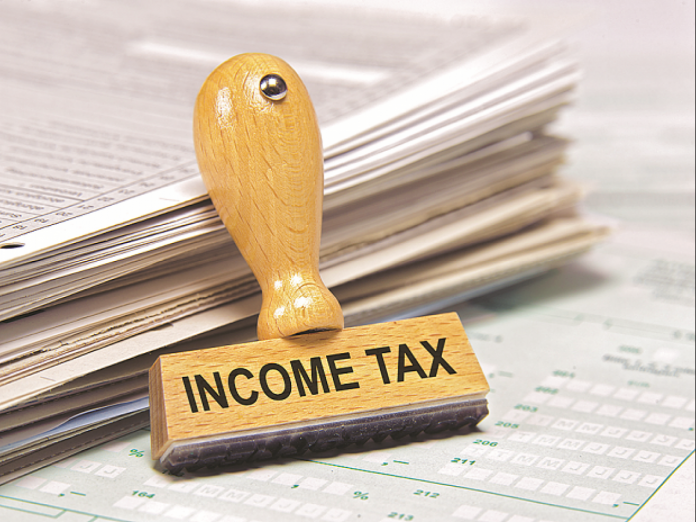Shareholders are entitled to the profits of the company and such profit when distributed is termed as ‘dividend’. Historically, dividend was taxable in the hands of shareholders until, in the year 1997, the government introduced Dividend Distribution Tax (‘DDT’) while exempting dividend in the hands of shareholders. Further, in 2017, the government decided to tax dividend in the hands of shareholders, who had an annual dividend income in excess of ₹10 lakh. This was in line with the Governments’ policy of taxing the ‘super rich’. The Finance Act, 2020, has now abolished DDT and has restored the classical system of taxing dividends i.e., in the hands of shareholders.
> Irrespective of the quantum of dividend, the dividend shall now be taxable in the hands of shareholders. Thus, the 2017 amendment taxing dividends in excess of ₹10 lakh has been rendered redundant. Further, DDT has been abolished and the company distributing dividends shall not have to pay any tax on the dividends so distributed.
> Withholding provisions shall apply to the company distributing dividends in case the amount of dividend exceeds ₹5,000 per shareholder, the withholding rate being 10%(for resident shareholders) and 20% (for non-resident shareholders).
> New Section 80M is introduced which provides a deduction with respect to dividend received by a domestic company to the extent such dividend is distributed to its shareholders in order to prevent cascading effect of taxation in case of inter-corporate dividends.
> Deduction of interest expense to the extent of 20% is allowed against dividend income.
Impact on various shareholders
> In case of resident shareholders who are individuals, trusts, etc falling under the highest tax bracket as well as in case of firms, LLPs, the tax outflow shall be higher as compared to the earlier tax regime. The effecive tax rate for such assessees shall be around 40.7% or 35% approx as the case may be, as against the rate of 34.8% in the earstwhile tax regime.
> Individual shareholders falling in the lower tax bracket stand to gain as the effective tax rate of 10.4% is much lower than the earlier tax regime.
> Resident corporate shareholders shall also have a higher tax outflow as the effective tax rate under section 115BAA of the Income-tax Act, 1961 (‘the Act’) shall be 25.2% as against DDT of 20.60% under the earstwhile regime.
> Foreign companies and non-residents stand to gain the most from the shift in the tax regime. Double taxation avoidance agreements (‘DTAA’) entered into by India with most countries limit the rate of tax on dividend to not more than 15%. Thus, foreign companies and non-resident assessees shall be eligible to avail treaty benefits. Further, credit of taxes paid in India may be available to foreign shareholders in their respective countries which was not available earlier since DDT was paid by the company distributing dividend and not the shareholders themselves.
Key Considerations
• Tryst with section 14A of the Act
Section 14A of the Act provides for disallowance of expenses that are incurred for earning exempt income. It has been contended by shareholders that no disallowance of interest expense can be made under section 14A since no expenses are incurred to earn exempt dividend income. This has given rise to prolonged litigation and there are a host of judgements in favour of assessees. However, now since dividend income is made taxable in the hands of shareholders, interest expenses shall be claimed to the extent of 20% of such dividend income. There is a likelihood that the department may not agree to the interest deduction in case of shareholders who have earlier contended that no expense has been incurred in order to earn dividend income. Thus, shareholders may have to revisit their earlier tax positions in wake of taxability of dividends















